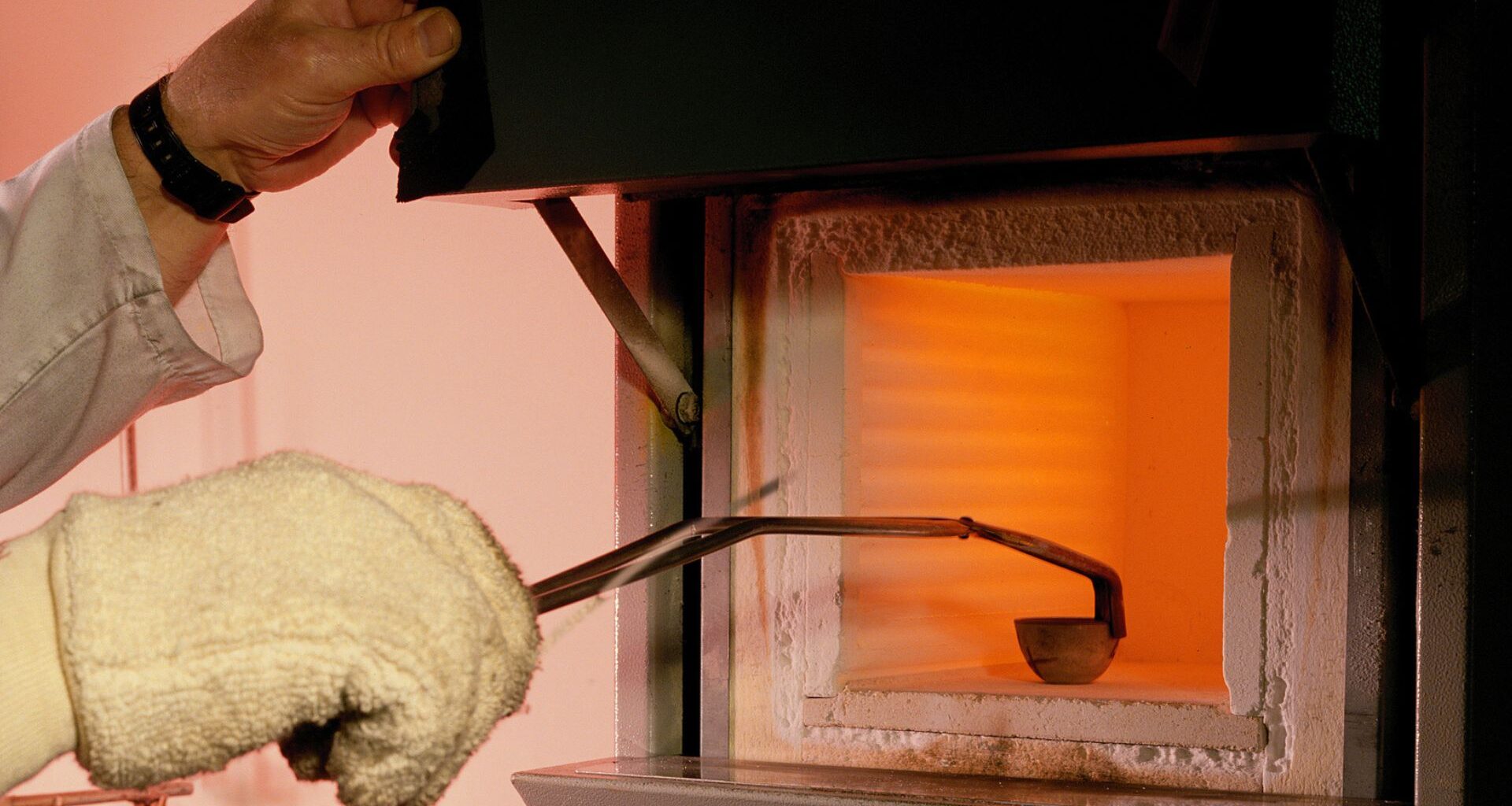A new water-based plasma technique is opening fresh possibilities for carbon conversion.
Chinese researchers have created stable high-entropy alloy nanoparticles—containing five metals in nearly equal ratios—directly in solution, thereby overcoming long-standing challenges in nanoscale alloy synthesis.
These particles form a self-protecting, oxidized shell, delivering strong photothermal performance that utilizes visible and infrared light to drive carbon dioxide into carbon monoxide more efficiently than single-metal catalysts.
According to researchers at Northeast Normal University in Changchun, the method enhances reaction rates under illumination and reduces activation energy, providing a scalable, non-noble-metal route toward practical, light-powered carbon transformation technologies.
Plasma powers catalysts
Efforts to convert carbon dioxide into useful chemicals remain challenging because CO₂ is highly stable and difficult to activate. Thermal methods require significant energy, while many light-driven routes rely on ultraviolet light, which constitutes only a small fraction of sunlight.
Photothermal systems offer a strong alternative by utilizing visible and infrared light to generate heat and energetic charge carriers, thereby lowering reaction barriers without the need for precious metals. Their performance, however, depends on materials that can handle multiple reaction steps, provide ample active sites, and stay stable under light and heat.
High-entropy alloys (HEAs) are promising for this role. Containing five or more metals in near-equal amounts, they offer diverse active environments and strong phase stability. Yet, nanoscale synthesis remains challenging due to the differing behaviors of metals, which can lead to uneven mixing or phase separation, reports Nanowerk.
The new study introduces a solution, a plasma method that directly produces FeCoNiCrMn nanoparticles in water. The process forms plasma between two alloy rods submerged in a water bath containing oxide supports such as TiO₂. Energetic electrons and ions melt tiny regions of the alloy surface, releasing droplets that rapidly cool in the water before the metals can separate. Suspended oxide particles capture these droplets, preventing them from merging.
The result is a set of nearly spherical nanoparticles about 200 nm in diameter, firmly anchored to the support. Chemical analysis confirms that the particles retain the intended five-metal composition, and the approach can generate other high-entropy alloy formulations, demonstrating strong versatility.
Efficient carbon transformation
Microscopy and spectroscopy reveal that each nanoparticle features a metallic core surrounded by an oxidized shell rich in chromium and manganese. This happens because the five metals in the alloy oxidize at different rates. Chromium and manganese form very stable oxides, so they tend to move to the surface, while cobalt and nickel remain mostly metallic. As this shell grows, it eventually becomes dense enough to prevent further oxidation, thereby stabilizing the particle during reactions.
Catalytic tests using TiO₂ as a support reveal that the material converts carbon dioxide and hydrogen into carbon monoxide only. Under light, the reaction rate increases to 17.55 mmol g⁻¹ h⁻¹, or 298.1 mmol g_HEAs⁻¹ h⁻¹ when adjusted for alloy content—much higher than single-metal catalysts. Light also reduces the activation energy, making the reaction easier. Experiments with isotopes confirm that the carbon in the product comes solely from CO₂.
Spectroscopy provides insight into how the catalyst works. Infrared data show CO₂ attaching to the surface and forming reaction-ready intermediates. X-ray photoelectron results reveal that cobalt and nickel become electron-rich under light, while chromium and manganese become electron-poor, with iron facilitating charge transfer. Furthermore, Raman measurements track the movement of oxygen on the surface, showing that oxygen produced during the reaction migrates to chromium and manganese oxides, thereby maintaining the catalyst’s activity, as reported by Nanowerk.
According to researchers, modeling supports these findings, and tests on other supports show similar performance, demonstrating that the method creates efficient, stable, and light-driven CO₂ conversion catalysts.
The team’s research details were published in the journal Advanced Materials.
Jijo is an automotive and business journalist based in India. Armed with a BA in History (Honors) from St. Stephen’s College, Delhi University, and a PG diploma in Journalism from the Indian Institute of Mass Communication, Delhi, he has worked for news agencies, national newspapers, and automotive magazines. In his spare time, he likes to go off-roading, engage in political discourse, travel, and teach languages.

